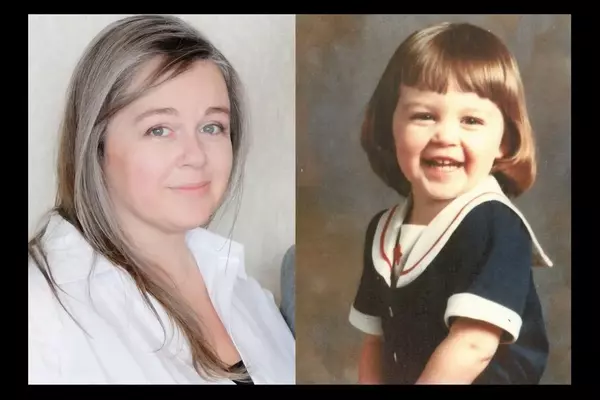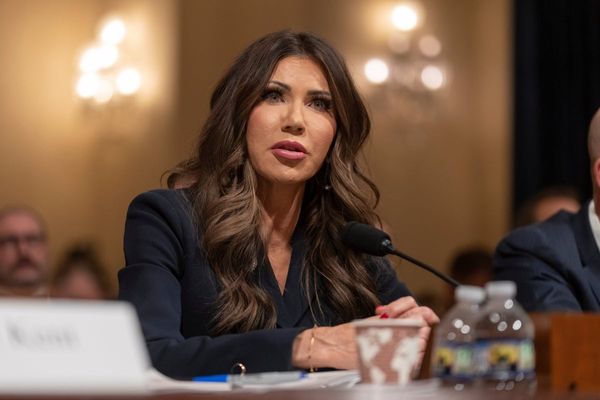PHILADELPHIA — It wasn’t mental health. And it wasn’t mean words. At least, not totally.
“It just piled up, a bunch of things that have gone on over the years ...
“A lot of things, internally, that had happened over time.”
Humiliation. Embarrassment. Disloyalty. He lost his job, in the playoffs, twice.
That’s why Ben Simmons quit on the 76ers.
As he testified last week, Simmons left Philadelphia after years of perceived betrayal. Over the past four years, with greater surety over the past week, several league sources have painted a picture of a paranoid, jealous, entitled young man: frustrated at his own shortcomings, angry that his limited style of play drew criticism, and so stubborn that his refusal to accept coaching led to debilitating anxieties entirely of his own making.
Simmons expected to be the focal point of The Process, but as the franchise shifted ever more toward Joel Embiid, he felt marginalized. Finally, after a playoff meltdown last June, Simmons decided he no longer could survive in Philadelphia. He boycotted training camp. He skipped the first 54 games, unexcused absences that accrued almost $21 million in fines, citing undisclosed, unverified mental issues. Now, he’s gone, replaced by James Harden.
And yes, there were hard feelings.
Simmons claimed last week, when he landed in Brooklyn, that it was more than just last year’s postseason drama that soured him on the Sixers. Rather, several seasons of displeasure led to their trade-deadline divorce Feb 10. Four years of interviews with team and league sources indicate he’s telling the truth.
Yes, coach Doc Rivers refused to endorse him and Embiid outright blamed him after the infamous Game 7 playoff loss last season, but Simmons already had one foot out the door. In fact, incredibly, he was never really all in.
Simmons and the Nets did not respond to an interview request for this story, but his statements last week indicate that he never felt comfortable in Philly. His resentment was brewing a full year before he ever dribbled a basketball in an NBA game.
Second fiddle
In 2016, Sixers coach Brett Brown called Embiid the “crown jewel” of The Process, a controversial slash-and-burn rebuild that Sam Hinkie began in 2013. While focusing on Embiid helped repair a Sixers brand tarnished by four years of intentional losing, it also diminished the rest of the assets acquired in the previous three years — chief among them, Simmons, the No. 1 overall pick in that year’s draft.
If Embiid was the crown jewel, then Simmons was ornamental. Simmons seethed from Day 1, a former Sixers executive said last week. Simmons had never played in an NBA game, and, due to a foot injury, he wouldn’t play until the following season, but he didn’t look forward to playing Robin to a 7-foot-2 Batman.
But there was work to do. Simmons won Rookie of the Year. Under the constant mentoring of Brown — a family friend who had coached Simmons’ father in Australia — Simmons converted from power forward to point guard. He made his first All-Star team the following year. But he never became the crown jewel.
Embiid felt the envy for years.
“It’s unfortunate that, I guess having, his own team and being a star was more important,” Embiid said the day after the trade.
Brown, who was fired in 2020, declined to comment for this story. But every person associated with the Sixers knows the truth about how Embiid’s rise as the “crown jewel” twisted Simmons’ ego.
“I think that’s what started it,” an NBA source said.
The phrase resurfaced in 2018, when the Sixers added Jimmy Butler a month into the season. It cropped up again when the Sixers traded for Tobias Harris in 2019. As that season progressed, Simmons’ relationships with Brown and Embiid began to cool.
That spring, north of the border, it got downright frigid.
So cold
Simmons’ lack of a perimeter game cost the 76ers their second-round playoff series against the Celtics in 2018. Strapping forward Aron Baynes would simply stand at the free-throw line, arms spread, and dare Simmons to shoot. Simmons refused. As the series progressed, the Sixers leaned on T.J. McConnell, whose insertion into the starting lineup in Game 4 moved Simmons off the point, and shamed him to no end.
A year later, again in the second round, the Raptors used a similar strategy. Butler, Harris, and Embiid formed a powerful attack, but Simmons still wouldn’t shoot, crippling the team’s half-court offense.
Desperate, Brown gave Butler the ball to initiate the half-court offensive sets and moved Simmons from point guard to power forward. It worked. The Sixers took the Raptors, eventual NBA champions, to a Game 7.
Simmons was furious. And it showed. Every night.
Tension
The small visitors’ locker room at ScotiaBank Arena in Toronto gives players no place to hide. As such, before every game of the 2019 Eastern Conference semifinal, most of the players appeared at their lockers for between 15 and 30 minutes. Reporters are allowed to hang out and snag interviews. I hung out every night.
Simmons typically finished his pregame workout long before Butler and Embiid. This put Simmons in the locker room without Butler and Embiid for several minutes. Simmons owned the room in their absence. He told the jokes. He did the teasing. He was the alpha dog.
Then, in came Jimmy and Joel, and Simmons turned tail. Embiid commanded an entire wall of lockers to the right of the entry door. Everyone deferred to him, except Butler. The place got pretty quiet, and when anything was said, Butler usually said it. With Butler in the room, Simmons virtually disappeared.
“That dynamic is accurate,” confirmed a former Sixers employee.
“It was like that most of the second half of the season,” said another.
Simmons played hard, as did Embiid and Butler, but they were sunk by a quadruple-doink miracle. As the offseason arrived, the Sixers brass met and wrestled with a hard choice.
Should they extend the contract of Simmons, a 22-year-old Process piece who already was a defensive whiz, with an unlimited ceiling?
Or should they extend Butler, a soon-to-be 30-year-old malcontent who’d forced his way out of Chicago, then Minnesota, and then, upon landing in Philly, first feuded with Embiid, then Simmons, and never treated Brown with respect?
“Neither really complemented Joel’s game,” a former Sixers executive said.
But Simmons had potential.
The Sixers traded Butler in a four-team deal. They then signed Simmons to a five-year, $170 million max contract extension in July.
All downhill
The offseasons were ... bizarre.
General manager Bryan Colangelo was forced to resign in 2018 after a story accused him of using Twitter burner accounts to criticize Sixers players. Brown ran that draft, which saw the team select promising Villanova star Mikal Bridges, then trade him 38 minutes later to Phoenix, where he is a rising star. Elton Brand, the G League GM with one year of experience, that year helped Brown re-form the team by trading for Butler, then, the next offseason, adding free agent Al Horford in hopes of winning with “Bully Ball.”
Simmons watched it all — with waning confidence, he told people close to him. It showed.
He routinely ignored Brown’s on-court instructions. He relied more and more on the instructions of his brother, Liam, whom he’d hired as a shooting coach and, well, as a sort of valet, the previous season. Liam even made road trips with the Sixers. Simmons made 2 of 13 3-point shots those two seasons.
Don’t hire Liam, folks.
Knee and back injuries cost him the second half of the 2019-20 season, but the firing of Brown and the arrival of Rivers and general manager Daryl Morey just before the 2020-21 season energized Simmons. Morey snagged shooters Seth Curry and Danny Green to lessen the pressure on Simmons to shoot, Embiid evolved into an MVP candidate, Simmons made his third straight All-Star team, and the Sixers reached the second round of the playoffs again, this time against a toothless Hawks squad.
But Simmons took just three shots in the seven fourth quarters of that series, shot 33.3% from the free-throw line, and, in front of a home crowd, refused to dunk late in Game 7, which the Sixers lost.
Social media and NBA analysts excoriated Simmons. Nobody had his back.
Asked after the game if Simmons could ever lead a team to a title as a point guard, Rivers replied, “I don’t know the answer to that question right now.”
Asked after the game what the turning point was in Game 7, Embiid pointed out the shot Simmons didn’t take. In the moment, on the court, Embiid reacted to Simmons’ refusal to dunk with exasperation.
These issues — the fans’ outrage, the analysts’ criticisms, the lack of support from Doc and Jo — these were the straws that broke Simmons’ back ... right? These were the words and reactions that provoked anxiety so crippling that he couldn’t play anymore ... right?
Apparently not.
“It wasn’t about the fans or coaches or comments made by anybody,” Simmons said.
At least, it wasn’t only those issues.
“It just got to a place where I don’t think it was good for me, mentally.”
It took all of Simmons’ five years in Philly to get to that place, not just five minutes after the most painful playoff loss in decades.







